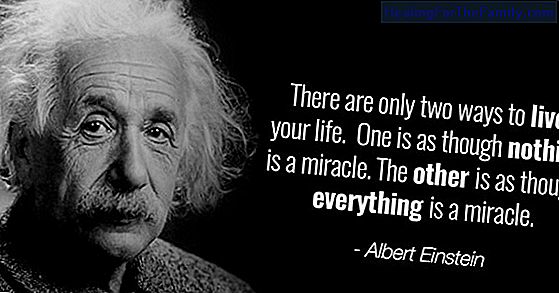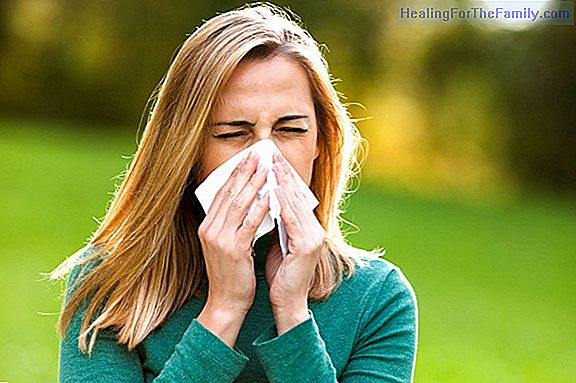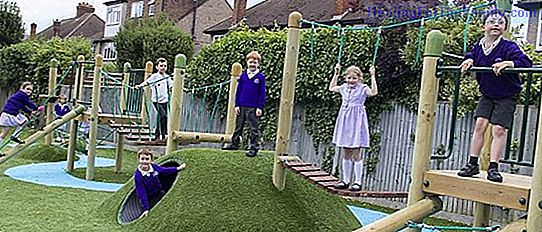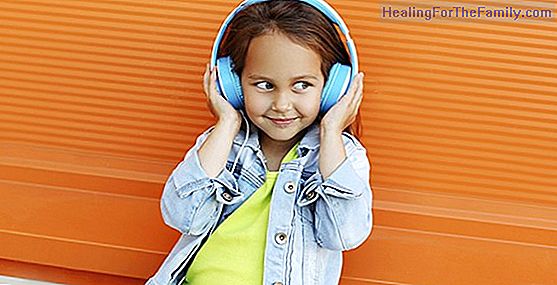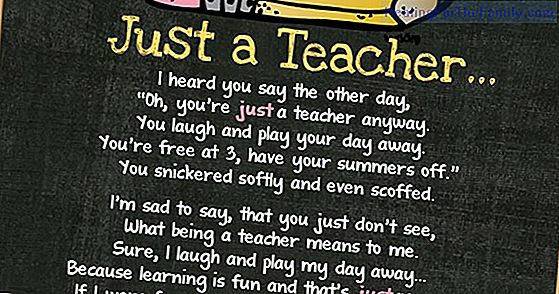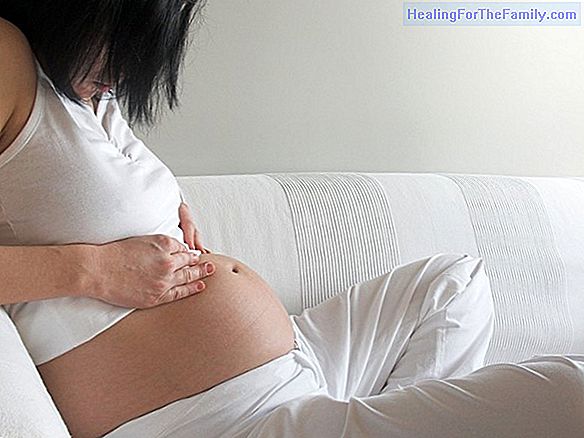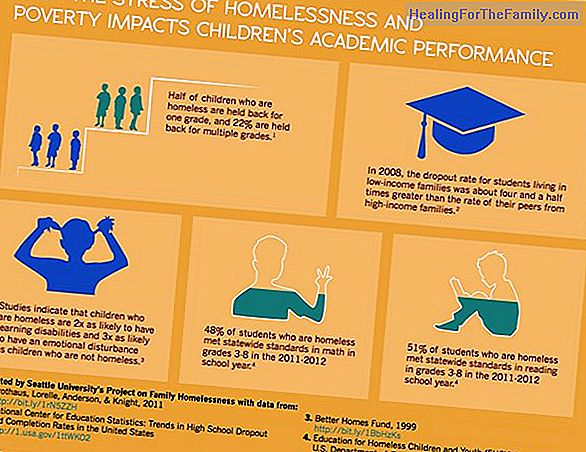Leukemia in children and their symptoms
Leukemia is the most common cancer in children. It is a cancer that mainly affects the blood , since it directly harms all its components: red blood cells, white blood cells and platelets. The symptoms have their origin in the child's bone marrow, when the leukemia cells displace the blood-producing
Leukemia is the most common cancer in children. It is a cancer that mainly affects the blood, since it directly harms all its components: red blood cells, white blood cells and platelets.
The symptoms have their origin in the child's bone marrow, when the leukemia cells displace the blood-producing cells. This can lead to many different types of symptoms. Early diagnosis, as in most cancers, is important in order to fight the disease.
We tell you more about what leukemia is and what symptoms it can present.Leukemia in children and their symptoms
The truth is that there are many types of leukemia, therefore, the symptoms will be different depending on the type of leukemia in question.
There are numerous symptoms that can lead us to think that the child suffers from leukemia, but that he experiences those symptoms

it is not significant that the child does have the disease, but that they can be attributed to other ailments.
Therefore, if these symptoms appear, before worrying too much, we should go to the doctor so that, through some tests, we can diagnose what is happening to the child. Leukemia not only manifests itself through the blood, but it can also invade other tissues, por and therefore the symptoms will vary depending on where they are located. - If the child has low red blood cells o, or what is called anemia, the child will experience
fatigue , will be weak, will feel cold, dizzy, headaches, difficulty breathing and skin color pale. - However, if the
white blood cells are those that are low, the child will have a greater propensity to have infections. Sometimes a simple blood test does not give the expected results, because, although the number of white blood cells is normal, they may be useless blood cells to cope with infections because they are "weakened" by the leukemia cells. It is very common for children to have continuousfevers, even if they do not have an infection. - If the child has lowplatelets
, they will easily bruise, and will have frequent bleeding from the nose and gums. - Other common symptoms are bone and joint pains debido, due to a concentration of cancer cells near the surface of the bone or inside the joint. - Some children have an inflamed abdomenwhen leukemia cells accumulate in the liver or spleen. They are usually children who are not hungry and lose weight quickly because of that inflammation of the organs near the stomach. - If the cancer cells are distributed through the
lymph nodes , especially in the neck, armpits or groin, these are enlarged and palpable by the doctor, although it is best to do an imaging study. If the infected lymph node is in the chest, some children havebreathing problems ya, since the ganglion presses the trachea.
- Another most worrying symptom is if the child has swelling in the face or arms en, in what is known as SVC syndrome, which means that the blood does not reach the upper part of the body correctly; which can cause headaches, dizziness, and even loss of consciousness. This symptom requiresimmediate treatment
because it can be fatal. - Children in whom the cancer cells have spread to the brain and the spinal cord, usually present with vomiting, headaches and seizures. - In the specific case of acute myeloid leukemia
, the leukemia spreads through the gums, causing pain and bleeding. It can also manifest on the skin in the form of small dark spots, which may look like a rash. Anyway, that the child presents these symptoms does not mean that he has leukemia, but as we have said before, it may be due to another ailment, and only the doctor, through several tests,can diagnose effectively if it really is It's about leukemia.


